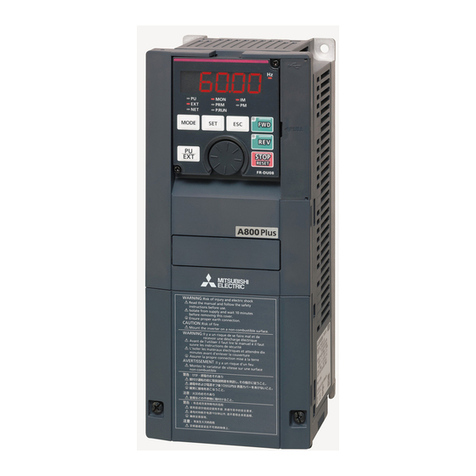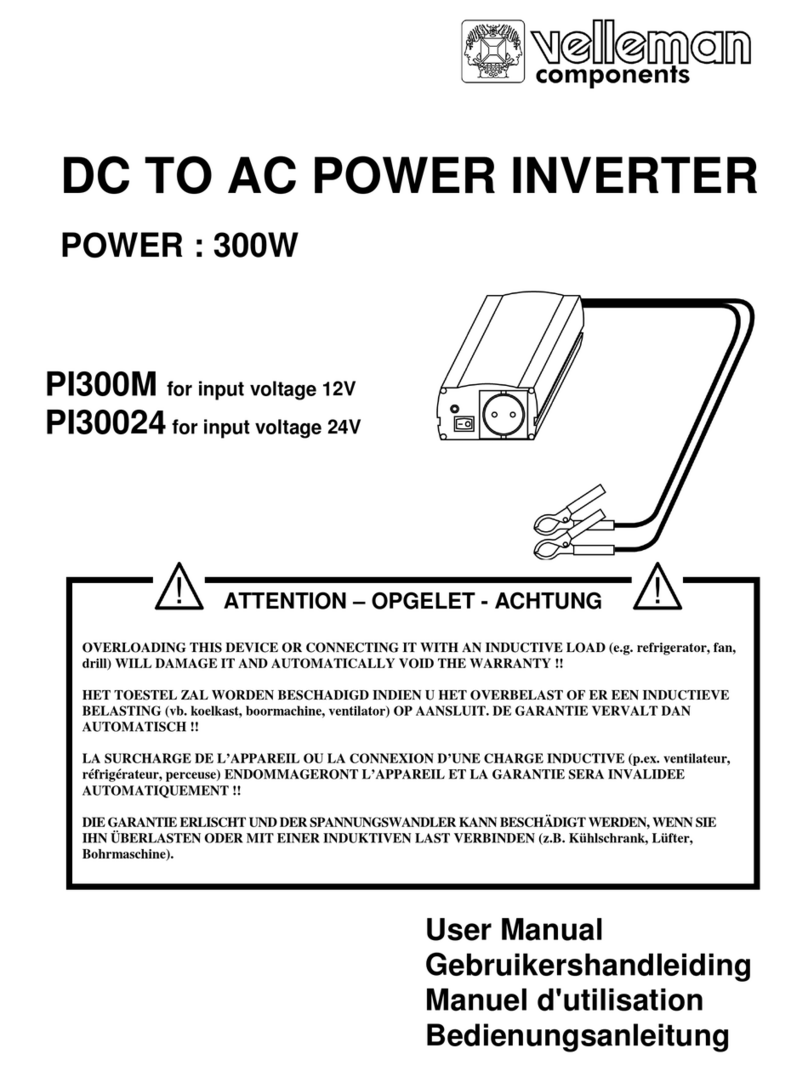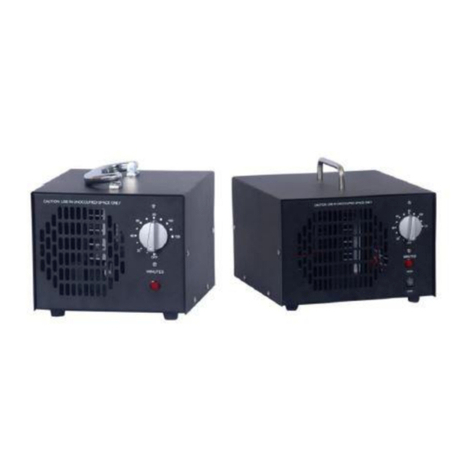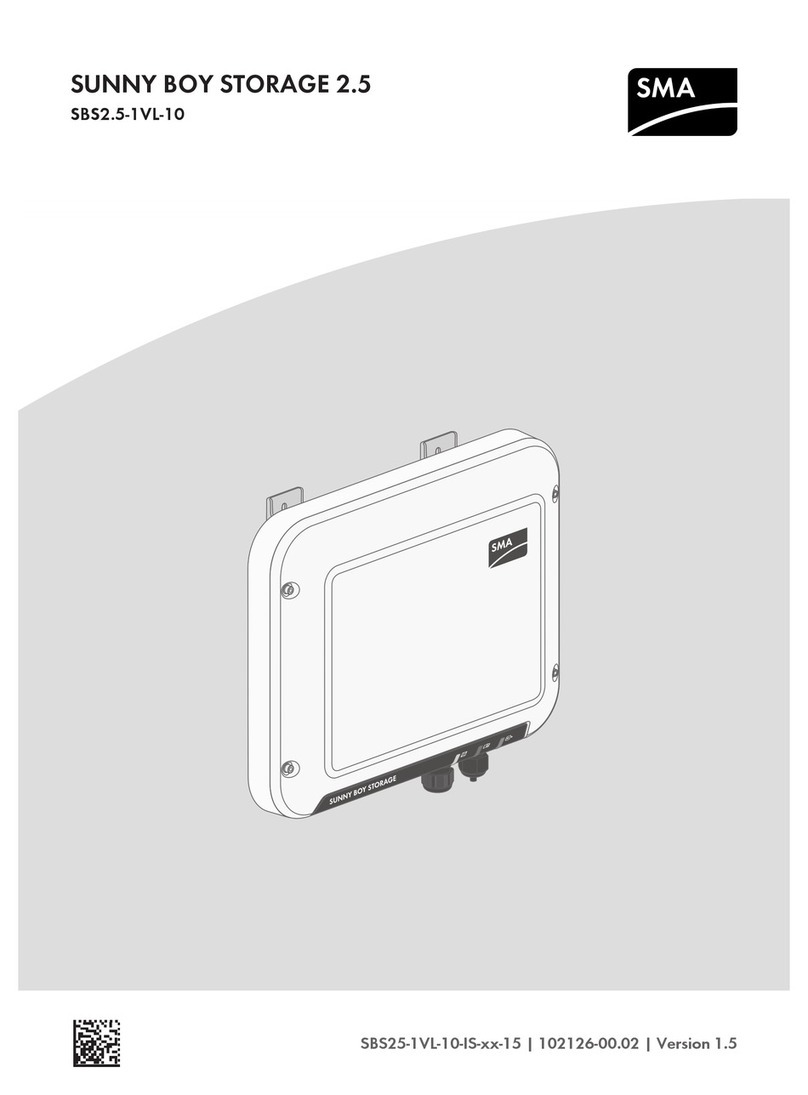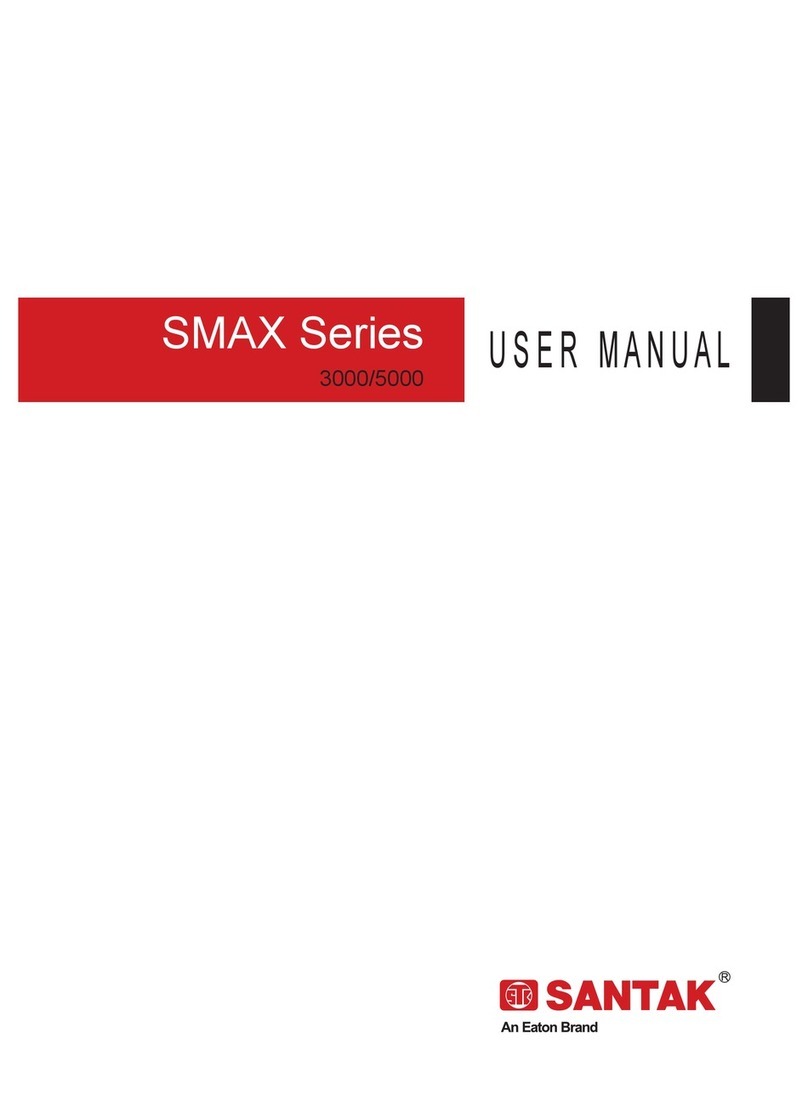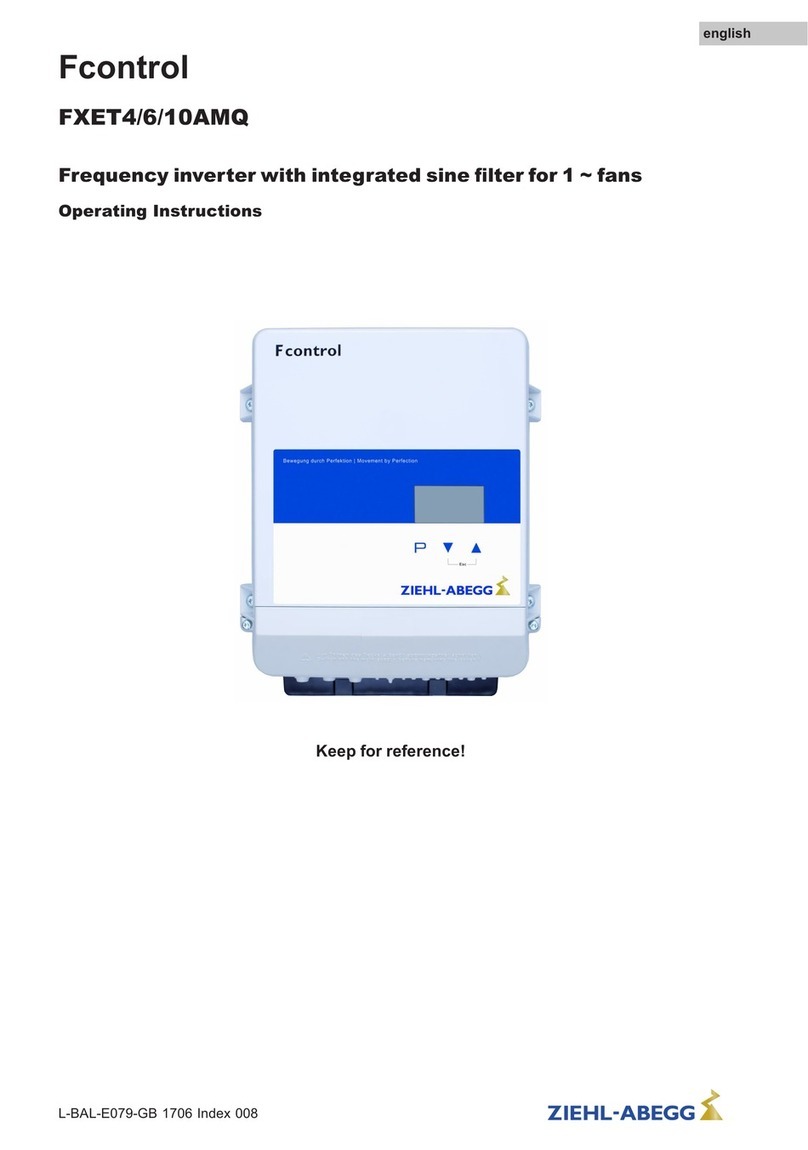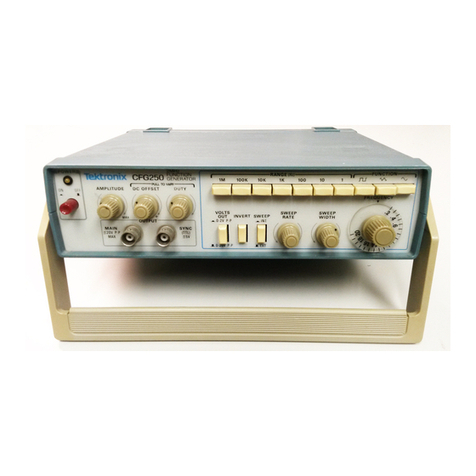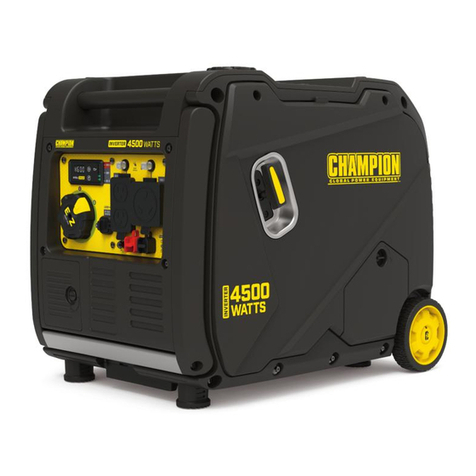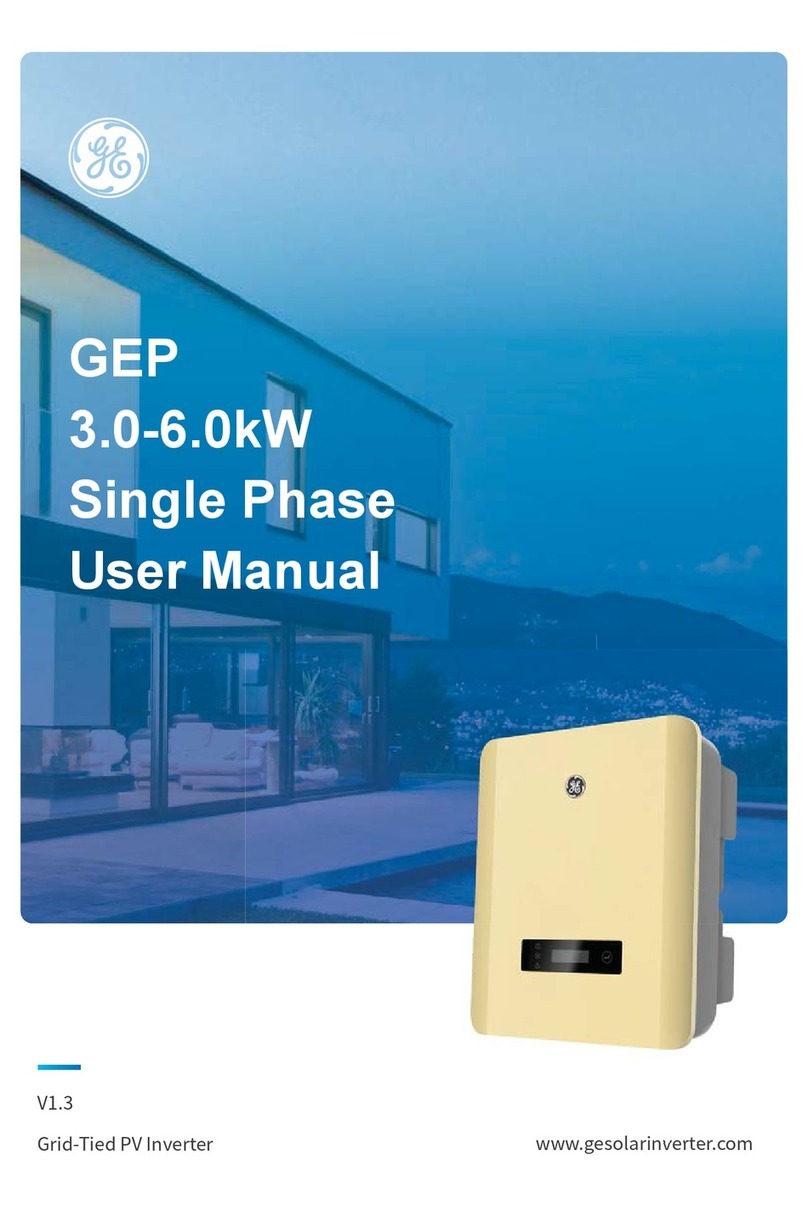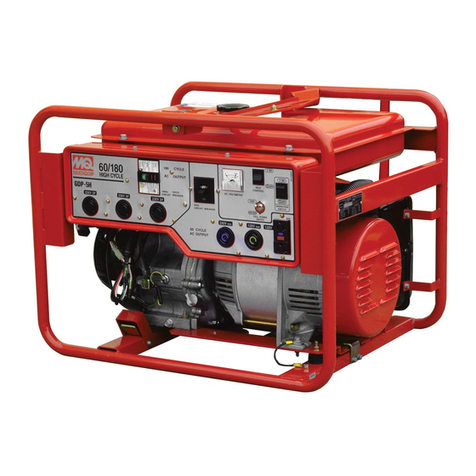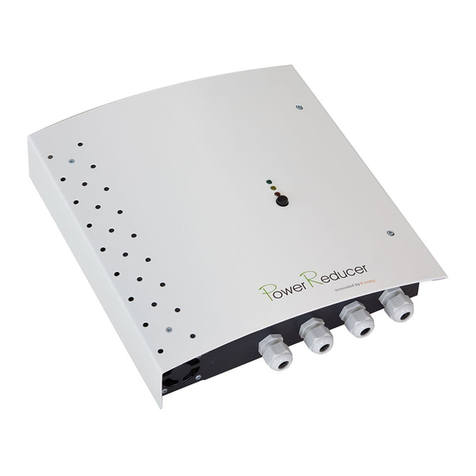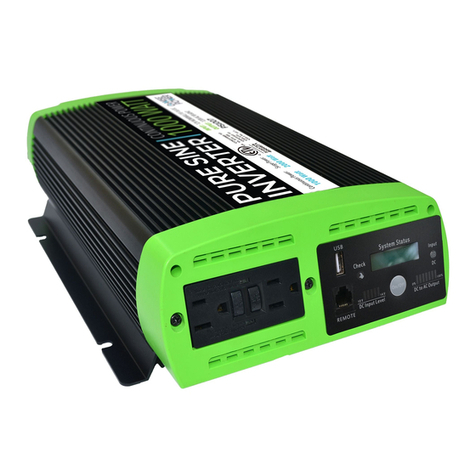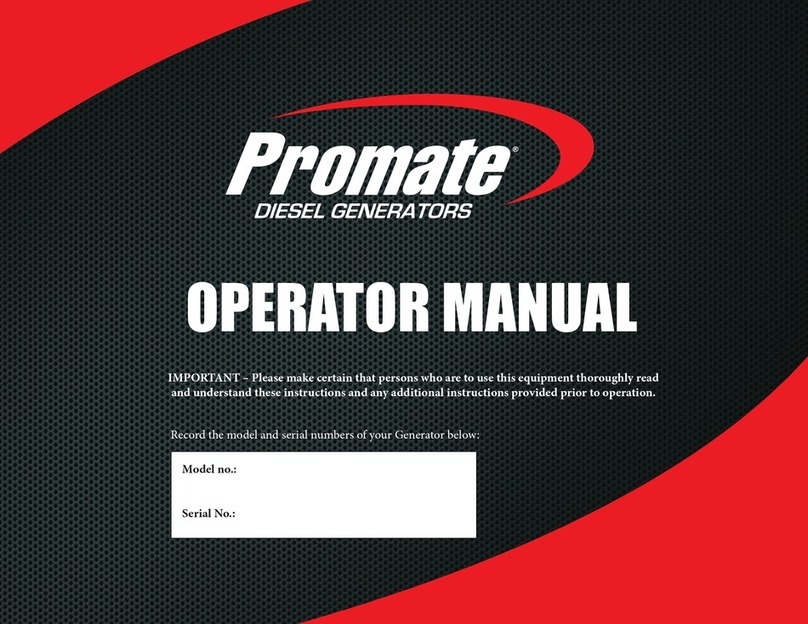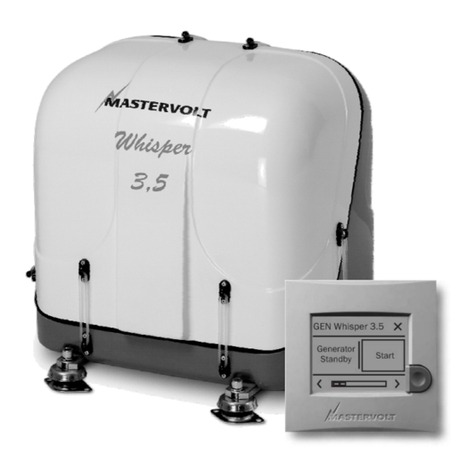
7
Common specifications
Control specifications
Control method Soft-PWM control/high carrier frequency PWM control (V/F control, General-purpose magnetic flux vector control,
and Optimum excitation control are available)
Output frequency range 0.2 to 400Hz
Frequency setting
resolution
Analog input
0.06Hz/60Hz (terminal2, 4: 0 to 10V/10bit)
0.12Hz/60Hz (terminal2, 4: 0 to 5V/9bit)
0.06Hz/60Hz (terminal4: 0 to 20mA/10bit)
Digital input 0.01Hz
Frequency
accuracy
Analog input Within ±1% of the max. output frequency (25°C ±10°C)
Digital input Within 0.01% of the set output frequency
Voltage/frequency characteristics Base frequency can be set from 0 to 400Hz. Constant-torque/variable torque pattern can be selected
Starting torque 150% or more (at 1Hz)...when General-purpose magnetic flux vector control and slip compensation is set
Torque boost Manual torque boost
Acceleration/deceleration time setting 0.1 to 3600s (acceleration and deceleration can be set individually),
Linear and S-pattern acceleration/deceleration modes are available.
Braking torque Regenerative∗1
0.1K, 0.2K ... 150%,
0.4K, 0.75K ... 100%,
1.5K ... 50%,
2.2K or more ... 20%
DC injection brake
Operation frequency (0 to 120Hz), operation time (0 to 10s), and operation voltage (0 to 30%) can be changed
Stall prevention operation level
Operation current level (0 to 200%), and whether to use the function or not can be selected
Operation specifications
Frequency setting
signal
Analog input
Two terminals
Terminal 2: 0 to 10V and 0 to 5V are available
Terminal 4: 0 to 10V, 0 to 5V, and 4 to 20mA are available
Digital input
Digital input and frequency setting increments can be entered from operation panel or parameter unit.
Start signal
Forward and reverse rotation or start signal automatic self-holding input (3-wire input) can be selected.
Input signal (five terminals)
Following signals can be assigned to
Pr. 178 to Pr.182 (input terminal function selection)
: multi-speed selection, remote
setting, second function selection, terminal 4 input selection, JOG operation selection, PID control valid terminal,
external thermal input, PU-External operation switchover, V/F switchover, output stop, start self-holding selection,
forward rotation, reverse rotation command, inverter reset, PU-NET operation switchover, External-NET operation
switchover, command source switchover, inverter operation enable signal, and PU operation external interlock.
Operational functions
Maximum/minimum frequency setting, frequency jump operation, external thermal relay input selection, automatic
restart after instantaneous power failure operation, forward/reverse rotation prevention, remote setting, second
function, multi-speed operation, regeneration avoidance, slip compensation, operation mode selection, offline auto
tuning function, PID control, computer link operation (RS-485), Optimum excitation control, power failure stop, speed
smoothing control, Modbus-RTU
Output signal
Open collector output (one terminal)
Relay output (one terminal)
Following signals can be assigned to
Pr.190 and Pr.192 (output terminal function selection)
: inverter operation, up-to-
frequency, overload alarm, output frequency detection, regenerative brake prealarm, electronic thermal relay function
prealarm, inverter operation ready, output current detection, zero current detection, PID lower limit, PID upper limit,
PID forward/reverse rotation output, fan alarm
∗2
, heatsink overheat pre-alarm, deceleration at an instantaneous
power failure, PID control activated, PID output interruption, during retry, life alarm, current average value monitor,
remote output, alarm output, fault output, fault output 3, and maintenance timer alarm.
Operating status
For meter
Pulse train output
(MAX 2.4kHz: one terminal)
Following signals can be assigned to
Pr.54 FM terminal function selection
: output frequency, output current (steady),
output voltage, frequency setting, converter output voltage, regenerative brake duty, electronic thermal relay function
load factor, output current peak value, converter output voltage peak value, reference voltage output, motor load
factor, PID set point, PID measured value, output power, PID deviation, motor thermal load factor, and inverter
thermal load factor.
Pulse train output (1440 pulses/s/full scale)
Indication
Operation panel
Parameter unit
(FR-PU07)
Operating status
Following operating status can be displayed: output frequency, output current (steady), output voltage, frequency
setting, cumulative energization time, actual operation time, converter output voltage, regenerative brake duty,
electronic thermal relay function load factor, output current peak value, converter output voltage peak value, motor
load factor, PID set point, PID measured value, PID deviation, inverter I/O terminal monitor, output power, cumulative
power, motor thermal load factor, inverter thermal load factor, and PTC thermistor resistance.
Fault definition
Fault definition is displayed when a fault occurs. Past 8 fault definitions (output voltage/current/frequency/cumulative
energization time right before the fault occurs) are stored.
Interactive
guidance
Function (help) for operation guide
∗3
Protective/warning
function
Protective
function
Overcurrent during acceleration, overcurrent during constant speed, overcurrent during deceleration, overvoltage
during acceleration, overvoltage during constant speed, overvoltage during deceleration, inverter protection thermal
operation, motor protection thermal operation, heatsink overheat, input phase loss
∗4
∗5
, output side earth (ground)
fault overcurrent at start
∗4
, output phase loss, external thermal relay operation
∗4
, PTC thermistor operation
∗4
,
parameter error, PU disconnection, retry count excess
∗4
, CPU fault, brake transistor alarm, inrush resistance
overheat, analog input error, stall prevention operation, output current detection value exceeded
∗4
, safety circuit fault
Warning
function
Fan alarm
∗2
, overcurrent stall prevention, overvoltage stall prevention, PU stop, parameter write error, regenerative
brake prealarm
∗4
, electronic thermal relay function prealarm, maintenance output
∗4
, undervoltage, operation panel
lock, password locked, inverter reset, safety stop
Environment
Surrounding air temperature
-10°C to +50°C maximum (non-freezing) (-10°C to +40°C for totally-enclosed structure feature)
∗6
Ambient humidity
90%RH or less (non-condensing)
Storage temperature∗7
-20°C to +65°C
Atmosphere
Indoors (without corrosive gas, flammable gas, oil mist, dust and dirt etc.)
Altitude/vibration
Maximum 1000m above sea level, 5.9m/s
2
or less at 10 to 55Hz (directions of X, Y, Z axes)
∗1 The braking torque indicated is a short-duration average torque (which varies with motor loss) when the motor alone is decelerated from 60Hz in the
shortest time and is not a continuous regenerative torque. When the motor is decelerated from the frequency higher than the base frequency, the average
deceleration torque will reduce. Since the inverter does not contain a brake resistor, use the optional brake resistor when regenerative energy is large. A
brake unit (FR-BU2) may also be used.
∗2
As the
0.75K or less
are not provided with the cooling fan, this alarm does not function.
∗3
This operation guide is only available with option parameter unit (FR-PU07).
∗4 This protective function does not function in the initial status.
∗5 This protective function is available with the three-phase power input specification model only.
∗6 When using the inverters at the surrounding air temperature of 40°C or less, the inverters can be installed closely attached (0cm clearance).
∗7 Temperatures applicable for a short time, e.g. in transit.























